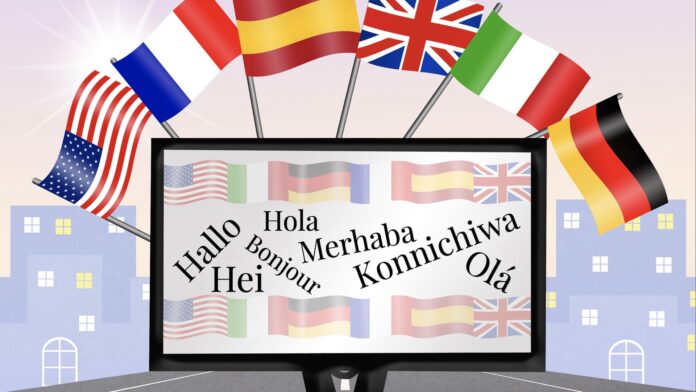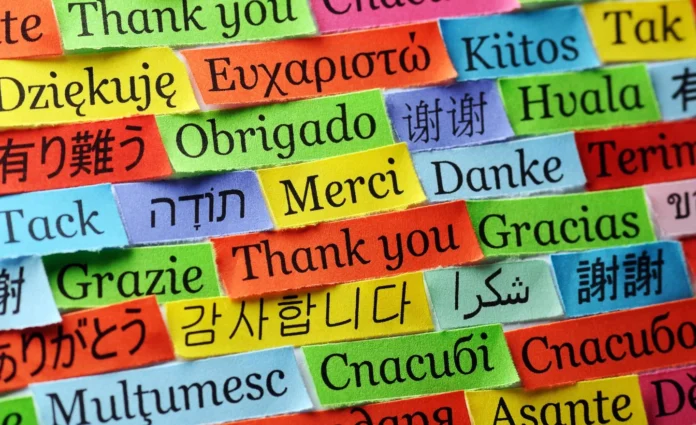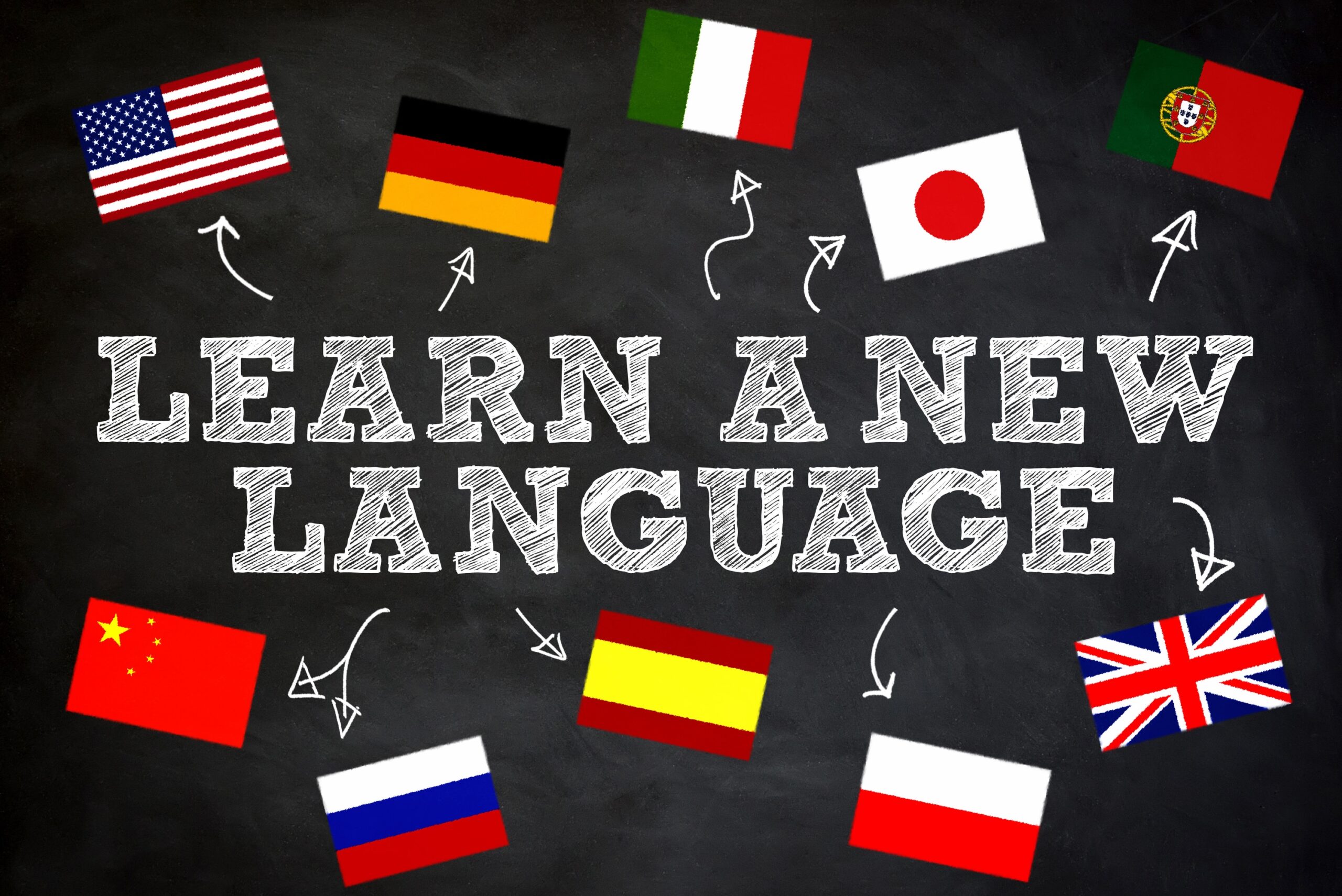The English language is one of the most widespread languages in the world. However, it doesn’t mean that we cannot add a few more to our repertoire. Being able to speak multiple languages can enrichen our vocabulary as well as help us explore cultures with a better grasp of the meaning of their media and art. On the other hand, learning a language can simply be a fun hobby to indulge in without any proper technicality associated with it.
Among the languages, one can learn there are certain ones that pose more of a challenge than others do, especially for English speakers. These languages are more difficult due to their unique characters, pronunciation, and grammar rules that make the jump from English to these languages a lot more confusing.
Some hard languages and the reasons for their difficulty

While not the hardest, these languages showcase some of the tougher parts somebody can encounter when attempting to learn a new language.
Among the languages that are closer to English, in character counts at least, we have Russian. This language utilizes the Cyrillic alphabet which has a bit more familiarity with the Latin alphabet than some other foreign languages. However, it could lead to confusion as well due to some letters looking like those from a Latin alphabet but different purpose.
Grammatically, Russian differentiates itself with six cases for each verb. The newbies will find it hard to compose sentences in Russian due to some unique ways the language is structured as well but the real difficulty comes from Russian pronunciation. The plentiful consonants and “cluttered” letters can make it difficult to properly speak out the words and can lead to confusion.

Next up, we have Turkish. The key difficulty of the Turkish language comes from it being an agglutinative language meaning it strings together words rather than separating them, morphin them into a new term with its own meaning. Due to the agglutinative nature of this language, it frequently has long verbs that could be difficult to parse for those learning the language.
The vowel harmony is another concept unfamiliar to English speakers where vowels are changed to make the word flow better. The vocabulary of this language is another sticking point that makes it hard to understand, together with previous point it makes Turkish harder to parse for new and experienced learners.
Both of these languages have difficult aspects to them but they don’t quite meet the standard of the hardest language to learn. The one that has more complex characters and difficult grammar rules.
The most difficult one

If we were to evaluate all aspects of a language the hardest one would end up being Mandarin Chinese. Mandarin Chinese is a language most anybody would struggle with. The challenge of this language comes from multiple aspects it possesses. The writing system alone is enough to dissuade new learners from this intricate language. While the Latin alphabet is a very simple group of characters to use for writing and it isn’t surprising to find other languages with added characters, Mandarin Chinese will require you to memorize thousands of special characters, which is far from the usual workload we’d see in other languages.
There are four different tones in which you can say a word, making it possible to use wrong terms simply by missing the accent on a word.







